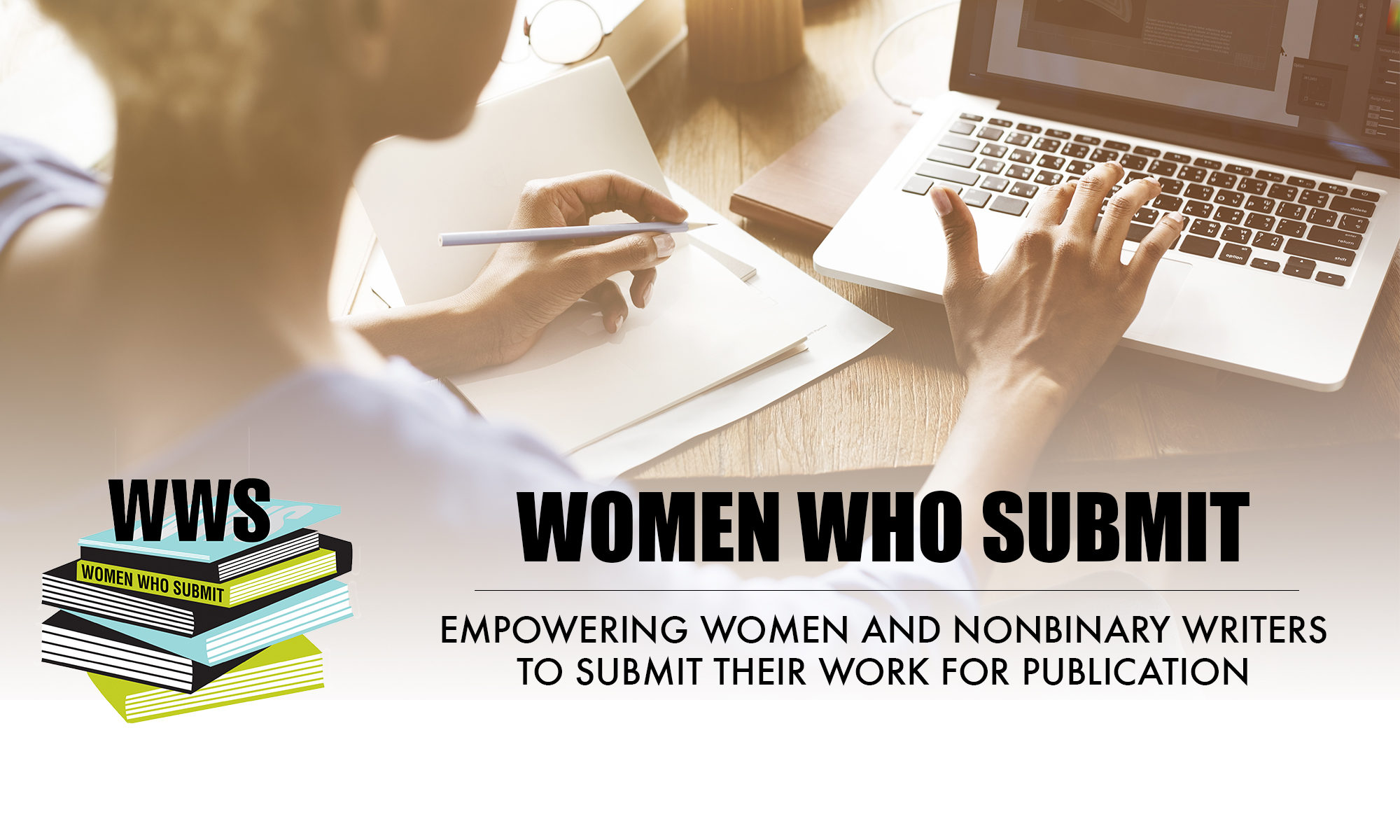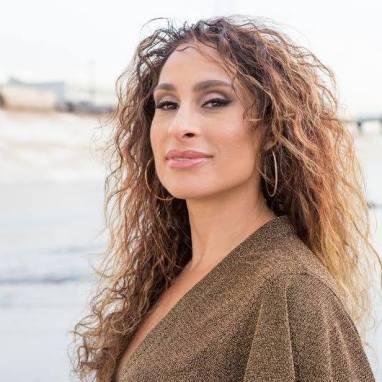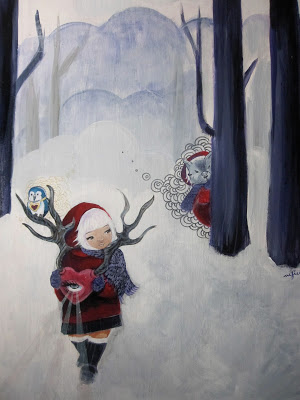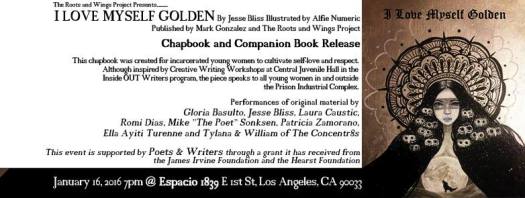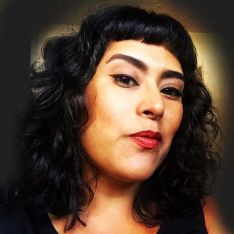By Daria E. Topousis
In 2015, I felt like my whole world was coming apart. I had spent ten years writing a memoir that never came together and had finally made the hard decision to abandon it. I had returned to my first love, fiction, but all of the stories I sent out were being rejected. I was a failure as a writer. I started to wonder if I should give up on my life-long dream. And then I read an article in Poets & Writers Magazine about an organization called Women Who Submit. The story of how women stop submitting after a few rejections hit close to home, and I loved how the founders wanted to change that. I showed up to my first meeting about a year later and knew I wanted to be part of this community.
Around the same time, I was floundering at work. I had worked in software at the Jet Propulsion Laboratory for twenty years. It was the lifeline that kept me financially and intellectually tethered, despite the vicissitudes of my writing life. A group of new managers were hired in my organization, and I was suddenly feeling unwelcome in the male-dominated technology world. I was starting to wonder if I should leave my software project management career altogether and find something else to do to earn a living. This struggle went on for a couple of years, and in the heart of it I went to a conference called the Grace Hopper Celebration of Women in Computing (GHC). I was blown away by how welcoming everyone was, despite the fact that it was an enormous conference (15,000 attendees that year). I went to tracks where women told stories similar to my own. By the end of the event, I decided I was not going to walk away from my career. No, I was going to stay and try to bring this spirit of support back with me. I wanted to have that encouragement and enthusiasm every day, not just once per year. So I organized a meeting of women who had attended GHC to see if they were interested in forming some kind of community at JPL.
Fifteen women showed up to our first meeting. We talked about the conference, and about how it had been a morale booster for all of us when we attended (all at different times). We decided we wanted to continue meeting, but what would we focus on? We scheduled a second meeting to figure that out. Women who had attended the first meeting started spreading the word so that by our second meeting forty people showed up. We talked about our struggles, our achievements, and suggestions for future meeting topics. I also asked if anyone would be willing to help manage the group, and several volunteered. And so Women in Tech began.
From the beginning, we wanted to be a peer-to-peer network that would foster each other’s careers, support each other at work, and learn from each other. In dialog with some of the early members, I realized how much women in science and technology have in common with writers. Like women who give up after their writing is rejected, women will not apply for a job if they don’t get it on the first attempt. An internal report at Hewlett Packard, which was widely publicized through books like Sheryl Sandberg’s Lean In, showed that women wait until they’re 100 percent qualified for a position (men apply when they are 60 percent qualified) before they apply. I realized many of us were suffering from imposter syndrome and self-doubt. One of my favorite parts of Women Who Submit is the submission party: a coworking space where when someone sends a piece of writing off to a journal, everyone in the room cheers. It helps us associate positivity with the normally nerve-wracking process of sending our work into the world, and also gives us control of when and how we submit. I decided we needed something similar at JPL. I loved that submitting work had become something to brag about, as had rejections (the WWS monthly submission brag is a comment board where members can share their latest rejections for support). So, in one of our early Women in Tech meetings, we asked anyone who had taken a risk in their career to stand up. A risk could be applying for a new job, sending a paper in for a conference or peer-reviewed journal, or having a talk with your manager about your career. When the risk-takers stood up, we applauded. This was a huge success, and at our next meeting women wanted to share what kind of risk they took. After that we spent time hearing about what women were doing and celebrating their bravery. They can’t control whether they get a job or whether their paper gets accepted in a peer-reviewed journal, but they can control whether or not they try.
Soon women were approaching me at work to introduce themselves and tell me about a risk they took because they heard other women’s stories. Women were applying to be conference chairs, to be part of big initiatives in their field, and were starting to stand up for each other in meetings when they felt like another woman’s voice wasn’t being heard. We were encouraging each other to be brave.
We also introduced the idea of giving a shout-out to anyone who had done something as an advocate or ally. Maybe they stood up for your ideas in a meeting. Maybe they pushed you to apply for a role you didn’t think about going for yourself. We also started peer-to-peer training on impostor syndrome, negotiating for yourself, and tips for applying for jobs within JPL.
Now, three years after starting, we have 350 members who are supporting each other, building each other up, and connecting with mentors. When the pandemic hit, we moved to virtual meetings. We now have anywhere from 75-250 people on our calls. And they aren’t just women. We are also open to non-binary professionals and to any men who want to be allies. Even when we are alone in our homes working, we know we have colleagues who have our backs and who are there to lend an ear or give advice. New employees are building their networks and finding friends through our community.
As for me, I know I will stick it out in this field. This year I celebrated my 25th anniversary working at JPL. I am still writing too. I’m sending work out, both fiction and nonfiction. I have learned to celebrate my successes and my failures. I have my confidence back and I owe it to all the amazing women in my life, both in Women Who Submit and Women in Tech. I am grateful for Women Who Submit for providing this model of how to build supportive communities that believe in a tide that raises all ships. Together we thrive.

Daria E. Topousis is a prose writer and a software project manager at the Jet Propulsion Laboratory. In 2020 she received the Equal Opportunity Medal, a NASA Honor Award, for her work building Women in Tech.
This work was done as a private venture and not in the author’s capacity as an employee of the Jet Propulsion Laboratory, California Institute of Technology. The content has not been approved or adopted by NASA, JPL, or the California Institute of Technology. Any views and opinions expressed herein do not necessarily state or reflect those of NASA, JPL, or the California Institute of Technology.
